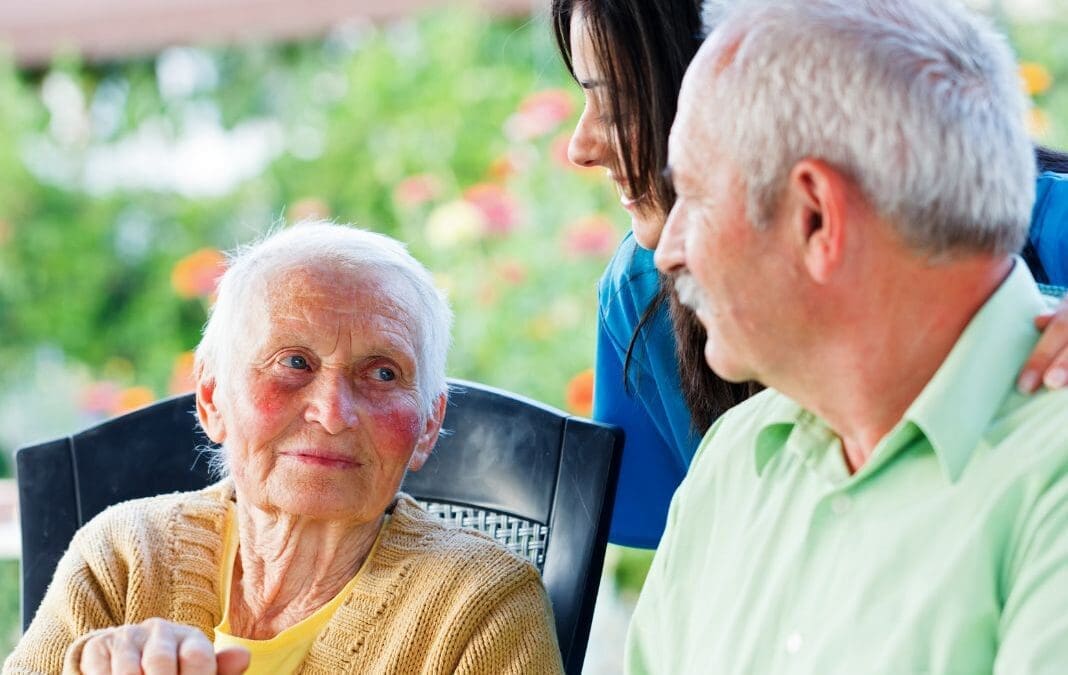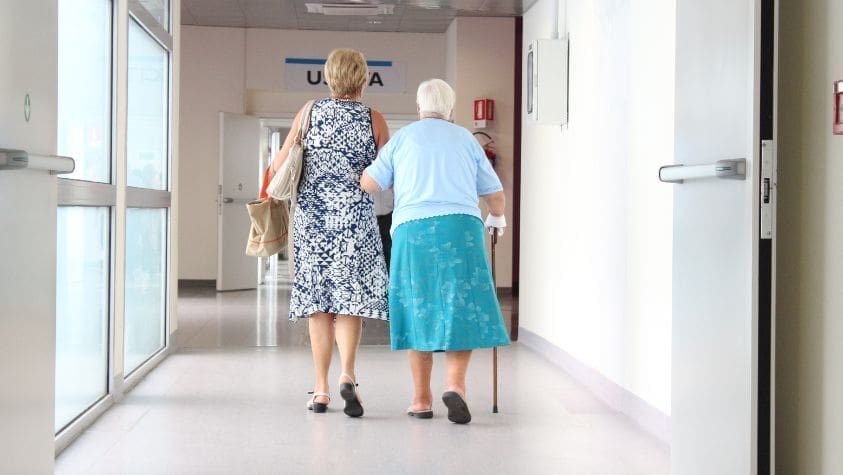Safeguarding adults at risk: A guide
While safeguarding is primarily associated with the protection of children and young people, there’s a significant number of adults who require similar protective measures to ensure their health, well-being and human rights, as well as offer support to those who seek independent living. The scale of the problem can be illustrated by the following statistics: From 2020 – 2021, there were an estimated 498,260 concerns of abuse raised that involved safeguarding adults at risk. Abuse against adults can take several forms, including physical, psychological and sexual abuse, but some types of abuse, particularly those related to marital or financial situations are unique to adults.
History of safeguarding adult terms
Today, the term ‘adults at risk’ is more commonly used, but the term ‘vulnerable adults’ still appears frequently in text and documentation. Both terms mean the same thing.
The term ‘vulnerable adult’ was first officially mentioned in the 1997 guidance document ‘No Secrets’. This guidance came into effect in 2000, serving as a cornerstone for the protection of vulnerable adults from abuse. However, by 2014, terminology began to shift. The term ‘adult at risk’ was coined in the landmark piece of legislation the Care Act 2014. This act set out how care and support should be delivered and what responsibilities local authorities should have. Central to the legislation is the principle that health and local authorities should work together hand in hand, shifting from reacting to situations to adopting a more preventative approach.
Adult safeguarding – Who is at risk?
Defining an ‘adult at risk’ isn’t straightforward. In basic terms, it refers to individuals who are more susceptible to abuse or neglect because they can’t adequately defend themselves against significant harm or exploitation. This type of abuse can occur in various settings such as a vulnerable adult’s own home, a care home, workplace, hospital or a public space.
It’s important to strike a balance though, while protection is important, adults at risk should retain as much independence as possible. The Mental Capacity Act sheds light on this process and what steps need to be followed to determine whether an adult is capable of making choices for themselves.
The process of safeguarding adults at risk
The following six principles outline safeguarding adults at risk across all sectors and settings. The principles emphasise optimal care and protection from abuse while respecting the individual’s autonomy. They are:
- Empowerment: Advocating for informed decision-making.
- Prevention: Anticipating and acting before harm occurs.
- Proportionality: Adopting the least intrusive yet most effective response.
- Protection: Assisting those most in need.
- Partnership: Encouraging community participation in safeguarding efforts.
- Accountability: Ensuring transparency in safeguarding activities.
Interested in our safeguarding training?
Some of our online safeguarding courses cater for professionals who deal with adults at risk. Including our online Safeguarding Children and Vulnerable Adults course, our online dental safeguarding courses, online equestrian safeguarding courses and more. They delves into relevant legislation, signs of abuse and the appropriate response measures.
Contact our friendly customer support team who are always ready to discuss your safeguarding training options.



